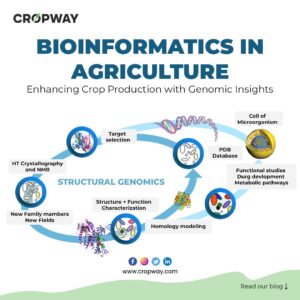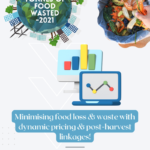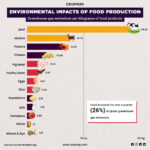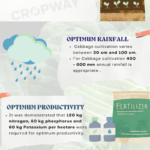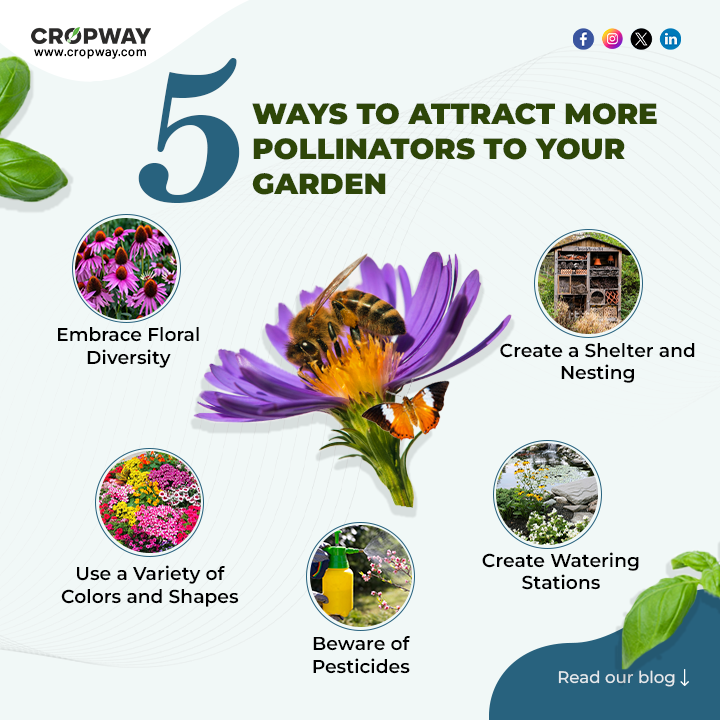
Garden Guardians: The Critical Role of Pollinators in Ecosystems and Food Security
Essential to plant and animal survival, pollinators, including bees, affect people too. Approximately one-third of our food relies on them. Yet, cherished pollinators face decline, attributed to habitat and food loss. Safeguarding these species is crucial for our ecosystem, food security, and the flourishing of gardens.
What are pollinators?
Pollination serves as a crucial step in the reproductive process of plants. It involves the transfer of pollen from a flower’s male part, the anthers, to a pollinator. The pollinator then transports the pollen to another flower, where it adheres to the stigma, the female part, resulting in fertilization. Ultimately, the fertilized flower produces fruit and seeds.
Certain bees exhibit an interesting behavior while obtaining pollen from specific plants, such as tomatoes and blueberries. These plants release pollen through small pores in each anther, prompting bees to bite the anthers, grip them tightly, and create a buzzing motion to shake the pollen loose from the flowers.
Bumblebees, often likened to living tuning forks, utilize a middle C tone to expel thousands of pollen grains from a flower within a fraction of a second. When people think of pollinators, bees often come to mind. However, various pollinators, including bees, butterflies, hummingbirds, and beetles, play a crucial role in facilitating the transfer of pollen, ensuring the continued existence of numerous plant species.
Given the global decline in pollinator populations, creating environments that attract and support these vital species is now more imperative than ever. Human activities encroaching on their habitats make it essential for us to actively foster conditions that attract and sustain these crucial pollinators, thereby safeguarding biodiversity and ecological balance.
Here are five effective ways to transform your garden into an aesthetic view for these tiny but mighty creatures.
1) Embrace Floral Diversity:
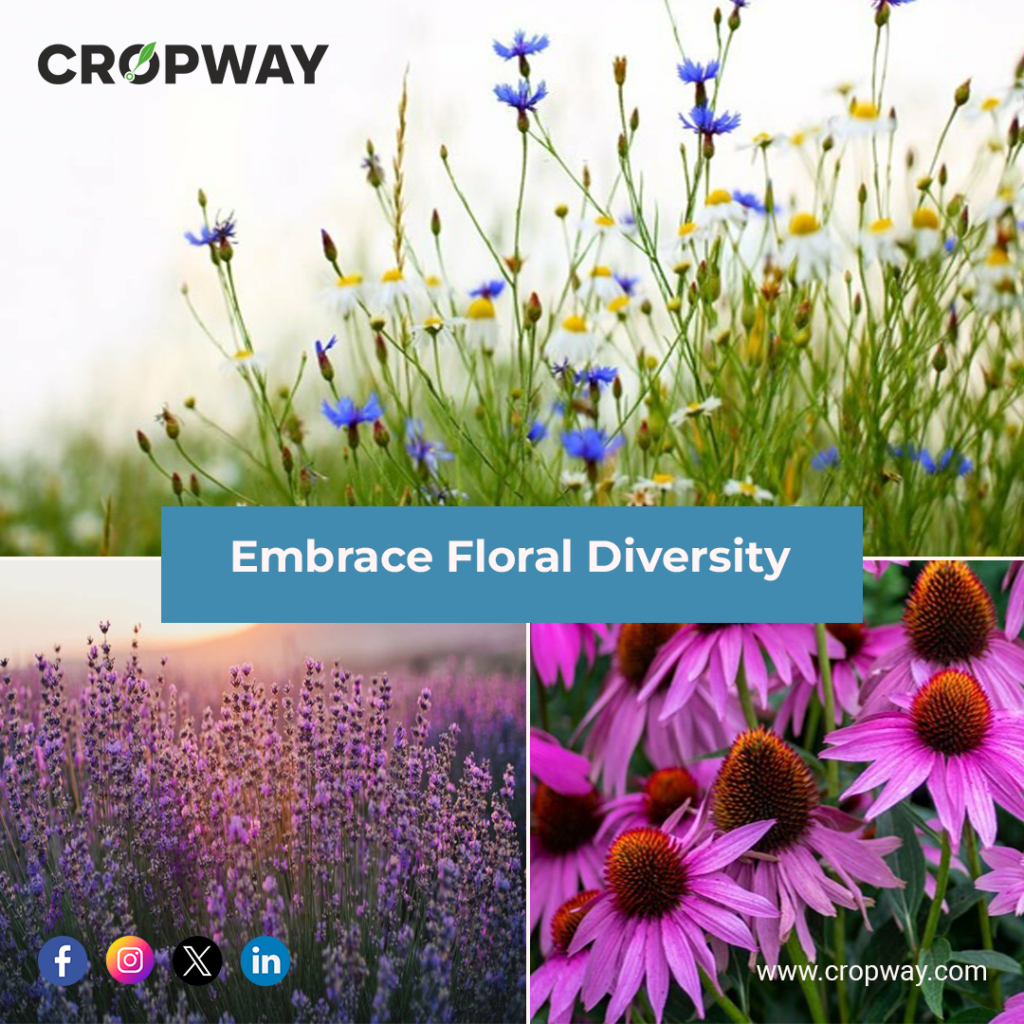
Crafting a thriving ecosystem for pollinators involves a strategic mix of annuals, perennials, and shrubs like lavender, coneflowers, bee balm, and native wildflowers. These choices, with their enticing blooms, appeal to a multitude of pollinators. Ensure a continuous food source by selecting flowering plants that bloom at different times throughout the growing season, creating a year-round haven for pollinators. From the early spring blossoms to the late fall hues, strategically plan your garden to cater to the varied needs of these essential contributors to ecological balance.
2) Use a Variety of Colors and Shapes:
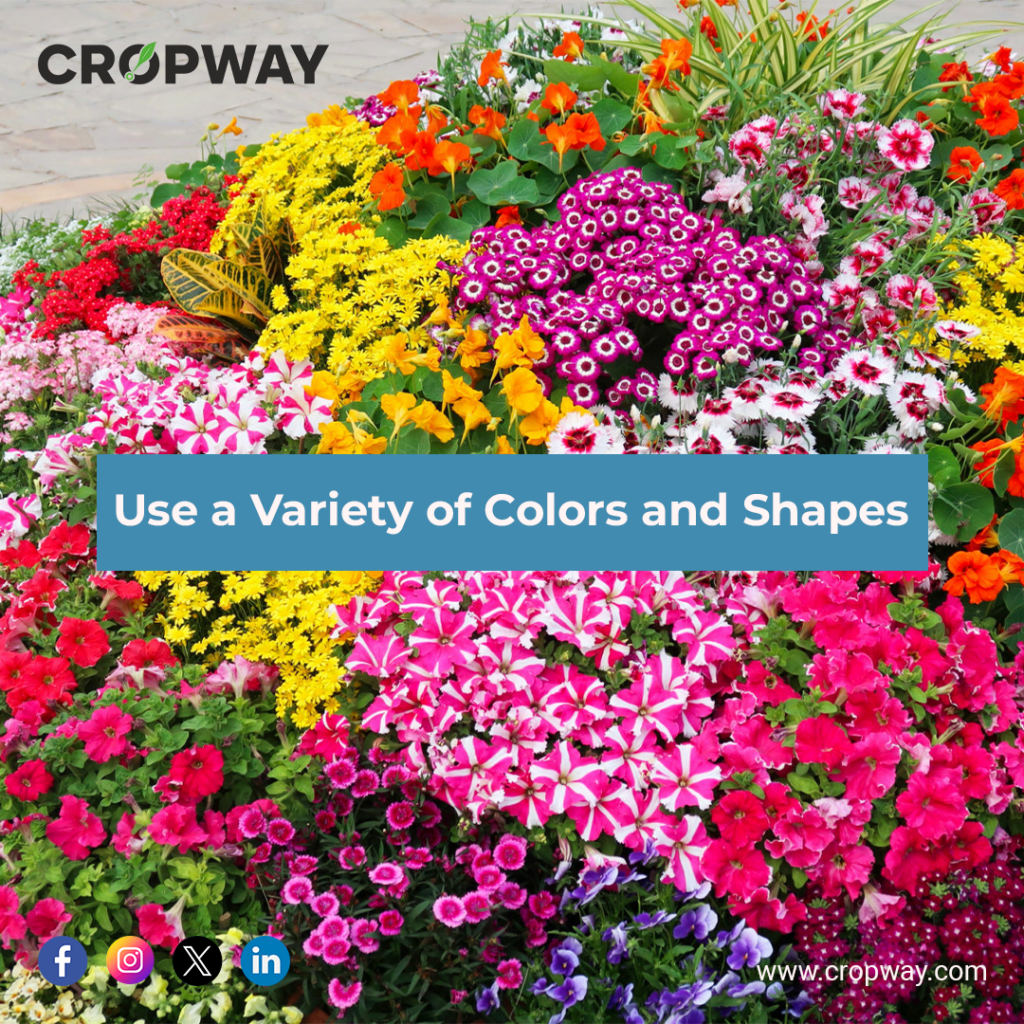
Pollinators are attracted to a variety of colors and shapes. Different pollinators are drawn to different colors, so having a mix of flowers with various hues can be beneficial. Additionally, varying flower shapes will accommodate different types of pollinators.Bees are particularly drawn to blue, purple, and yellow flowers, while butterflies favor brightly colored blossoms.
Additionally, varying flower shapes accommodates different types of pollinators.Furthermore, consider the diverse shapes of flowers, as certain pollinators are adapted to specific structures. Tubular flowers, for instance, are perfect for hummingbirds, while flat, open blooms are well-suited for butterflies.By understanding the preferences of different pollinators, you can strategically design your garden to be a welcoming oasis.
3) Beware of Pesticides:
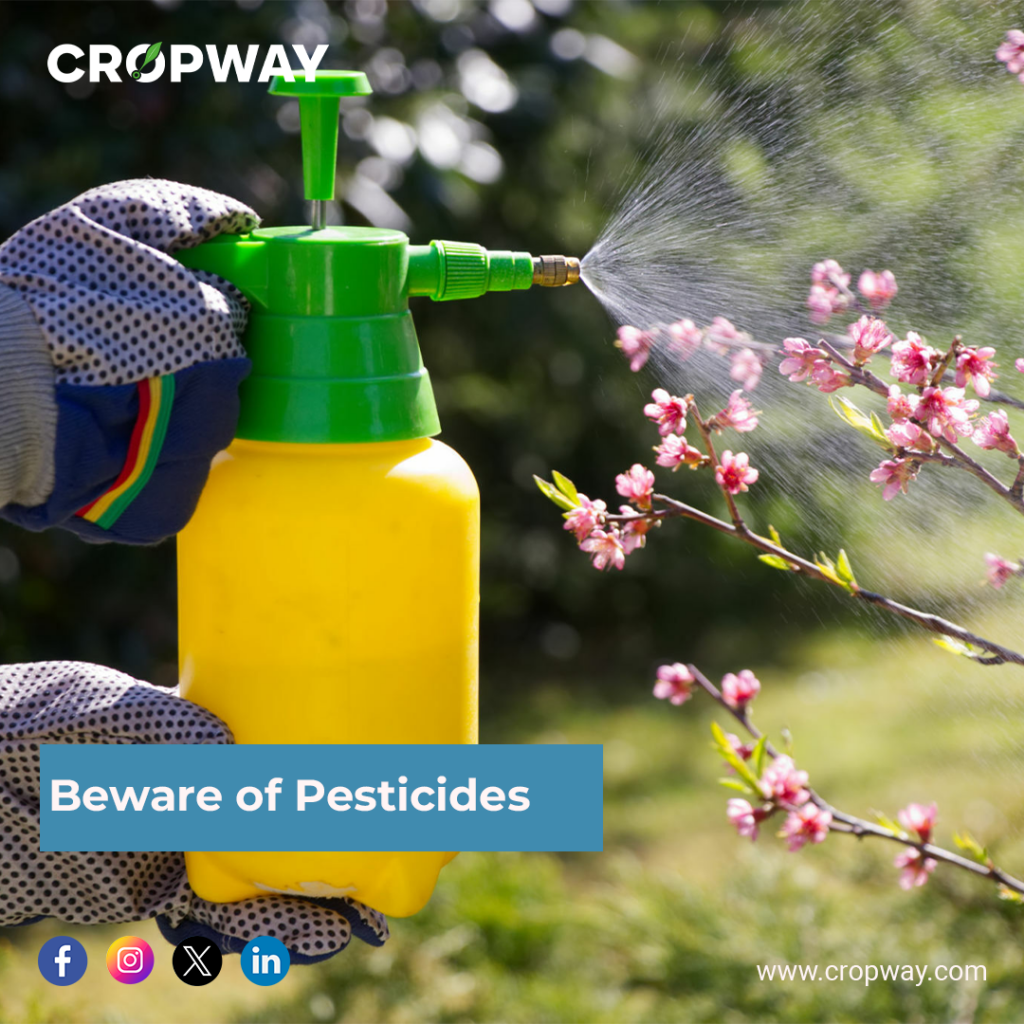
The use of pesticides, even those labeled “bee-friendly,” poses a substantial threat to pollinator populations, causing harm by disrupting foraging behavior, navigation abilities, and overall health, undermining their crucial roles in ecosystems.The primary threat to pollinators is neonicotinoid pesticides, notorious for their high toxicity to bees, butterflies, and other insects. What sets them apart is their systemic nature—once applied, these chemicals permeate the entire plant, including the pollen and nectar, posing a pervasive danger to vital pollinator populations.
4) Create Watering Stations:
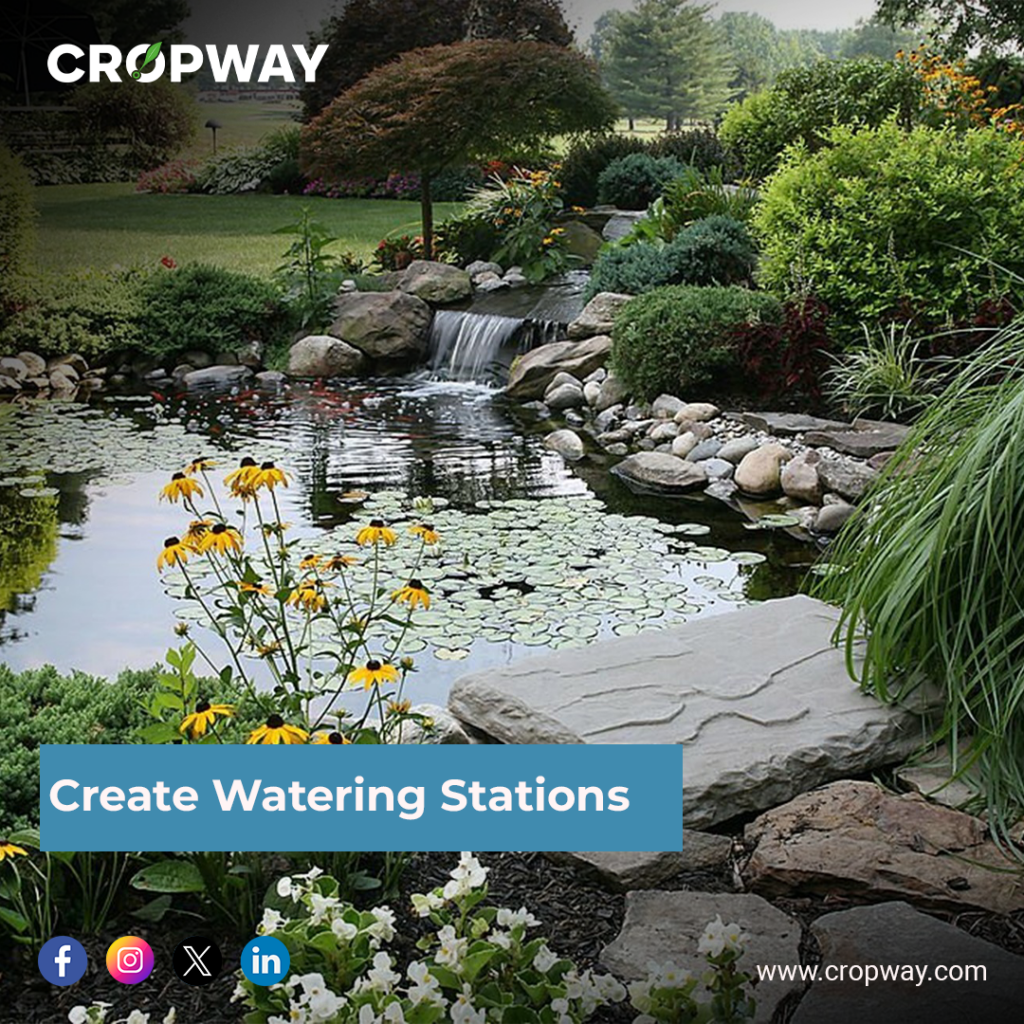
Water is vital for all life, including pollinators. Attract a variety of these essential creatures to your garden by offering a water source. Strategically place shallow dishes filled with water, enhancing them with small rocks or pebbles as landing spots. Ensuring accessibility to water will not only attract but also support the diverse array of pollinators in your garden.
Beyond quenching their thirst, this setup allows you to closely observe these fascinating creatures. Regularly replenish the water to maintain freshness, and watch as your garden transforms into a favored pitstop for a variety of pollinators.
5) Create a Shelter and Nesting:
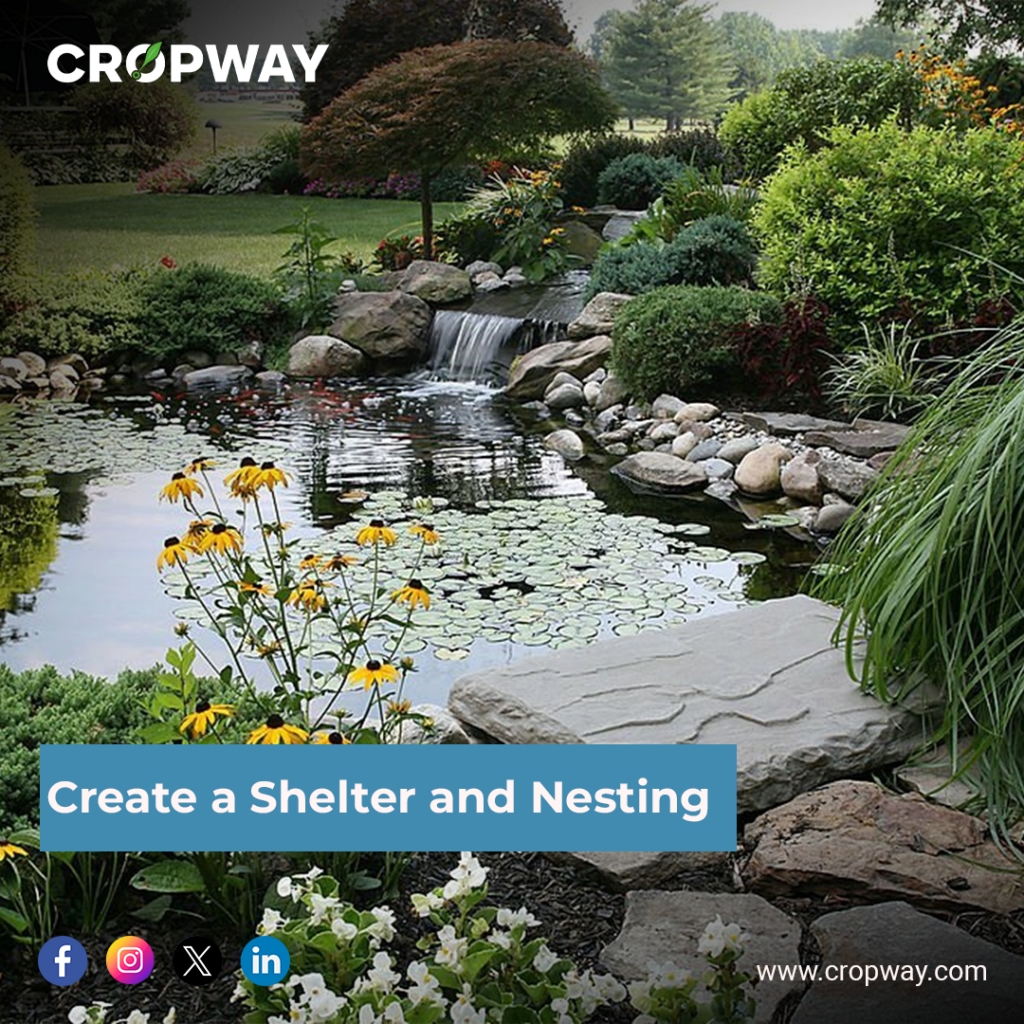
Pollinators, particularly solitary bees, butterflies, and certain wasps, require safe spaces for nesting and shelter. Screening shrubs, like wild lilac and toyon, offer ideal shelter for pollinators. These plants not only create a protective habitat but also provide valuable sources of pollen and nectar. Design your garden to include a variety of habitats, such as undisturbed corners, leaf litter, and uncut stems, to provide hiding spots and nesting opportunities. These small structures mimic natural nesting sites and can significantly contribute to the well-being of these important pollinators.
Conclusion:
In the pursuit of a flourishing and sustainable garden, attracting more pollinators is not just a choice but a responsibility. By implementing these five strategies, you can create an inviting sanctuary for bees, butterflies, and other pollinators, contributing to the delicate balance of our ecosystems. By participating, you contribute to preserving the delicate balance of ecosystems and securing a sustainable future for generations ahead.
Keep in mind that the crucial factors involve giving precedence to native plants, offering a variety of food sources and nesting options, and steering clear of detrimental chemicals. Through perseverance and commitment, your garden has the potential to transform into a sanctuary for these essential creatures, playing a role in biodiversity promotion and contributing to a more sustainable future.


